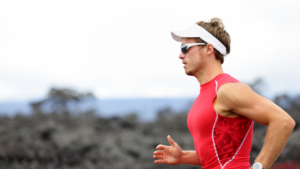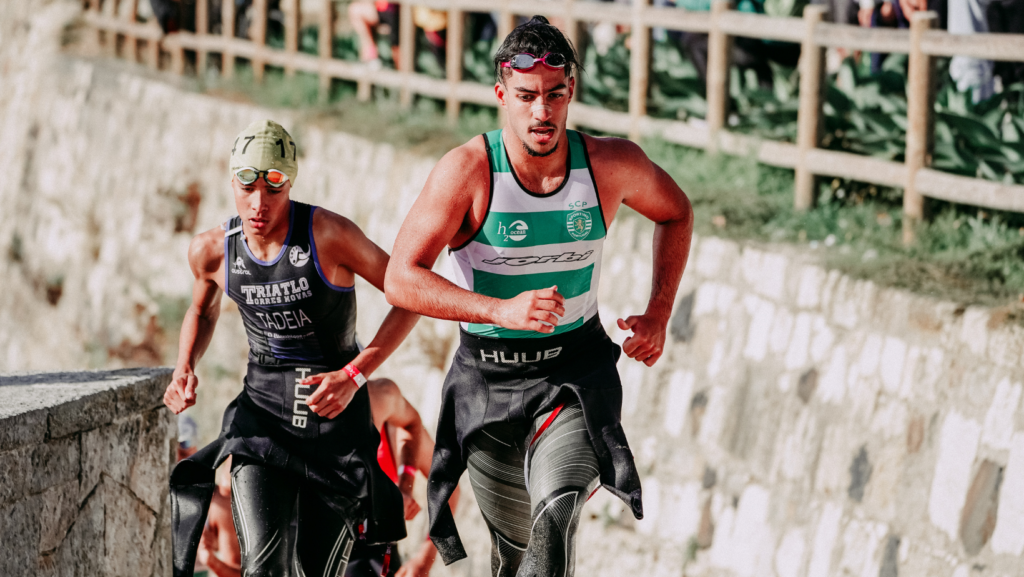Triathlons push athletes to their limits, demanding peak performance in swimming, cycling, and running. While endurance is often the primary focus, strength training plays a crucial role in enhancing overall performance and preventing injuries. Incorporating targeted strength exercises can make a significant difference in stamina, speed, and recovery.
Strength training for triathletes isn’t just about lifting heavy weights; it’s about building functional strength that translates to better race-day performance. By focusing on core stability, muscle balance, and joint flexibility, athletes can improve their efficiency and reduce the risk of overuse injuries. In this article, we’ll explore how to integrate strength training into a triathlon regimen to optimize results.
Strength Training Triathlon
Strength training benefits triathletes by enhancing performance and reducing injury risk. Stronger muscles improve endurance, enabling athletes to swim, cycle, and run more efficiently. Core stability increases through targeted exercises like planks and deadlifts, leading to better balance and posture. Functional strength boosts joint flexibility, essential for dynamic movements in races. Muscle balance achieved by weight lifting prevents overuse injuries, common in repetitive endurance activities. Integrating strength workouts into a triathlon regimen optimizes overall athletic performance, ensuring that athletes can handle the demands of race day with greater efficiency and resilience.
Building A Balanced Strength Training Routine
Building a balanced strength training routine focuses on exercises that target key muscle groups. Incorporate compound movements for efficiency and effectiveness.
Upper Body Exercises

- Push-ups: Enhance chest, shoulders, and triceps strength, crucial for swimming.
- Pull-ups: Improve back and bicep strength, aiding in swimming power.
Core Exercises
- Planks: Strengthen core stability, enhancing overall balance and posture.
- Russian Twists: Engage obliques, improving rotational core strength for cycling and running.
- Squats: Develop quads, hamstrings, and glutes, essential for cycling and running.
- Deadlifts: Enhance posterior chain strength, contributing to overall muscle balance.
Balancing these exercises ensures comprehensive muscle development, improves endurance, and prevents injuries.
Integrating Strength Training With Triathlon Training
When incorporating strength training into triathlon training, focus on scheduling wisely. Align strength sessions with lower-intensity triathlon days to avoid overloading muscles. Integrate strength drills targeting specific triathlon requirements, such as leg power for cycling and core stability for swimming and running.
Scheduling and Frequency

Plan 2-3 strength sessions per week for optimal gains. Use rest days or light training days for strength work to balance recovery and muscle building. Avoid heavy lifting close to key endurance workouts.
Exercise Selection
Choose exercises that complement triathlon activities. Examples include squats and lunges for leg power, planks and Russian twists for core strength, and pull-ups and rows for upper body endurance. Implement compound movements for efficiency.
Monitoring Progress
Track performance metrics such as lift weights and rep counts. Monitor fatigue levels to adjust intensity and prevent overtraining. Use periodization techniques to vary workload and enhance recovery.
Recovery and Adaptation
Prioritize recovery to adapt to new loads. Use techniques like stretching, yoga, and foam rolling. Include proper nutrition and hydration to support muscle repair and growth.
Common Mistakes And How To Avoid Them
Neglecting Form: Poor form often leads to injuries. Use correct technique for exercises like deadlifts and squats to avoid strain. Incorrect form can also reduce exercise effectiveness.
Overtraining: Continuous intense training without adequate rest can cause fatigue and injuries. Schedule rest days and incorporate active recovery.

Ignoring Weak Points: Focusing only on strengths leads to muscle imbalances. Identify and work on weaker muscle groups to enhance overall performance.
Lack of Progression: Sticking to the same routine stalls progress. Gradually increase weights and change exercises to challenge muscles.
Skipping Warm-up: Skipping warm-up increases the risk of injury. Use dynamic stretches to prepare muscles for strength training sessions.
Benefits Of Strength Training For Triathlon Performance
Strength training is a game-changer for triathletes aiming to boost their performance and reduce injury risks. By focusing on functional strength, athletes enhance core stability, muscle balance, and joint flexibility. This leads to more efficient swimming, cycling, and running.
Incorporating compound movements like squats, deadlifts, and planks into a balanced routine targets key muscle groups essential for triathlon activities. Scheduling strength sessions on lower-intensity triathlon days ensures muscle recovery and prevents overtraining.
Monitoring progress and adjusting intensity levels are crucial for avoiding fatigue and injuries. Proper nutrition, hydration, and recovery techniques support muscle repair and growth, preparing athletes for race day demands. By avoiding common mistakes like neglecting form and overtraining, triathletes can maximize the benefits of strength training and achieve their performance goals.

